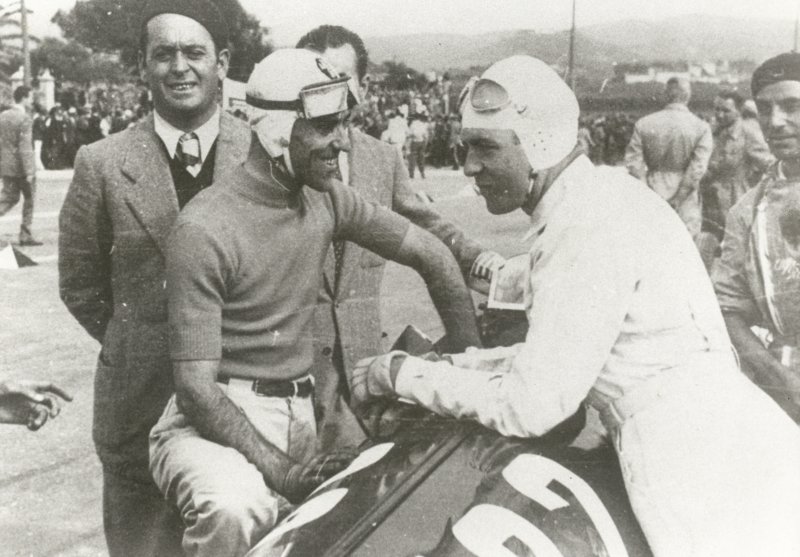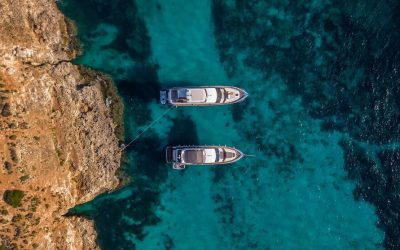 La “Coppa Montenero” storica corsa automobilistica in circuito, si disputava a Livorno fino agli anni’20 del novecento a metà estate, e divenne famosa negli anni’30 tra i Prix Internazionali rappresentando per due volte ufficialmente il “Gran Premio d’Italia”.
La “Coppa Montenero” storica corsa automobilistica in circuito, si disputava a Livorno fino agli anni’20 del novecento a metà estate, e divenne famosa negli anni’30 tra i Prix Internazionali rappresentando per due volte ufficialmente il “Gran Premio d’Italia”.
Il circuito con partenza dalla rotonda di Ardenza traversava il centro e saliva per il colle di Montenero scalando il Castellaccio, e tra la macchia scendeva sul Romito immettendosi nell’Aurelia a Castel Sonnino e lungocosta in saliscendi passava da Calafuria e Castel Boccale, poi percorreva il rettifilo a sud di Antignano e quello dell’omonimo viale sul lungomare in zona balneare, quindi tornava alla rotonda di Ardenza dove era situato l’arrivo dopo aver compiuto un multiforme itinerario per una lunghezza totale di circa 20 Km.
Il tortuoso percorso ripetuto per vari giri era estenuante; tormentato da oltre 100 curve, in salita misto veloci e lente a tornanti, ed in discesa velocissime, in rapida sequenza, a slaloom, a raggio variabile e prive di protezioni da alberi e precipizi, taluni a picco sul mare.
I piloti si stremavano in frenetici cambi di marcia, usurando freni e gomme, impegnando a fondo le monoposto da corsa, specie le pià pesanti e poderose, che nei lunghi rettilinei ai lati di Antignano lanciavano a velocità impressionanti tra i pali e la rete aerea dei filobus.
Il “Circuito di Montenero”duro banco di prova per uomini e macchine, ricordava la conformazione del Nurburing in Germania, ma aveva il fascino di essere incorniciato dal Mar Tirreno visibile da ogni parte del tracciato di gara, che saliva fino a 300 mt. di altezza al Valico del Castellaccio, che separa il versante nord con la splendida veduta panoramica di Livorno fino a Pisa, dal versante sud donde l’orizzonte si allunga all’Isola d’Elba ed oltremare ad intravedere la Corsica.
Apprezzato dagli squadroni tedeschi delle Mercedes 16 cilindri e delle strapotenti Auto Union a motore posteriore, era teatro di epici duelli con i ruggenti e agili bolidi rossi delle Alfa Romeo e delle Maserati, nei tempi in cui la Ferrari era ancora nei sogni dell’ingegner Enzo.
Erano sfide leggendarie di corridori del passato, tra i famosi rivali ed amici italiani Nuvolari e Varzi e gli assi germanici Caracciola e Rosemeyer, che a bordo di argentei e sibilanti “mostri” da 6 litri, con oltre 500 hp. raggiungevano velocità intorno ai 300 Kmh.
Titolato “Coppa Ciano” per il livornese medaglia d’oro con D’Annunzio, attirava migliaia di presenze, sportivi assiepati lungo il percorso, equipe di varie nazioni, staff di tecnici e meccanici, cronisti, ed i più amati piloti dell’epoca che simpatizzavano con il pubblico come il grande Tazio Nuvolari, amante di Livorno e vincitore di 5 coppe, ricordato dagli appassionati in un tornante del Castellaccio detto “curva Nuvolari”, primo pilota ad intraversare il bolide prima delle curve derappando su 4 ruote!
Livorno eil suo circuito erano di questi “eroi”, che affascinavano le folle e la “Montenero” era il grande evento, tecnico e sportivo eccezionale, irripetibile ai nostri tempi, su una fantastica pista ricavata tra mare e monti e che replicata nel tempo fu per due edizioni nel 1932 e nel 1934 il “Gran Premio d’Italia”. The “Montenero Trophy”, a historic car race, was held at Leghorn in the Twenties in the middle of summer, and payday loans direct in the Thirties became famous among the International Prix as it officially represented the “Italian Grand Prix”.
The “Montenero Trophy”, a historic car race, was held at Leghorn in the Twenties in the middle of summer, and payday loans direct in the Thirties became famous among the International Prix as it officially represented the “Italian Grand Prix”.
The circuit, starting from the Ardenza roundabout, crossed the centre, went up Montenero Hill to Castellaccio and then came down to Romito, went along the Aurelia to Castel Sonnino and up and down along the coast past Calafuria and Castel Boccale, then it went along the straight stretch south of Antignano and the avenue that takes its name along the seafront in the swimming area, then it returned to the Ardenza roundabout where the arrival was located after running a varied itinerary amounting to a total length of about 20 km.
The winding route was repeated for several laps and was exhausting; tormented by over 100 bends, with mixed fast and slow uphill stretches, hairpins, very fast downhill slopes, in rapid sequence, with variable bends and no protection from trees and precipices, some of which jut out over the sea.
The drivers soon became exhausted with frenetic gear changes, wearing out brakes and tyres, taking it out on the one-seater racing cars, especially the heaviest and most unwieldy ones that in the long straight stretches on either side of Antignano moved at amazing speeds between the posts and overhead cables of the trolley buses.
The “Montenero Circuit”, a hard testing ground for men and cars, was similar to the layout of Nurburing in Germany, but it had the added value of being surrounded by the Tyrrhenian Sea that could be seen from all parts of the circuit which climbed to a height of 300 metres at Valico del Castellaccio, on the northern side of which is a splendid panoramic view of Leghorn as far as Pisa, and on the southern side, the Isle of Elba and Corsica.
Appreciated by the German teams of the 16-cylinder Mercedes and the powerful Auto Union with the engines at the rear, it was the theatre of epic duels with the roaring and agile red rockets of Alfa Romeo and Maserati, at a time when Ferrari was just a dream in Enzo Ferrari’s head.
They were legendary duels between racers of the past, between the famous Italian friends and rivals, Nuvolari and Varzi, and the German aces, Caracciola and Rosemeyer, who reached speeds of up to 300 Kmh on their silvery and hissing 6-litre “monsters” with over 500 hp.
Entitled “Coppa Ciano” after the gold-medal citizen of Leghorn with D’Annunzio, it attracted thousands of sports fans who crowded along the route, teams from several countries, engineers and mechanics, journalists, and the most popular drivers of the times who had good relations with the public, such as the great Tazio Nuvolari, a lover of Leghorn and winner of 5 trophies, commemorated by racing fans with a hairpin on Castellaccio called the “Nuvolari bend”, the first driver to put the car sideways before the bend and skid with all 4 wheels!
Leghorn and its circuit belonged to these crowd-enchanting “heroes” and the “Montenero” was a great technical and sports event, which could not be repeated today, on a fantastic circuit lying between the sea and the mountains and which, repeated over the years, was the “Italian Grand Prix” for two editions in 1932 and 1934.




0 commenti